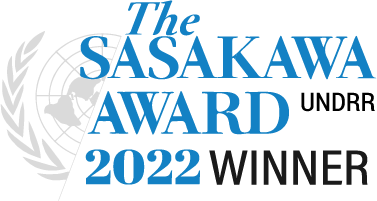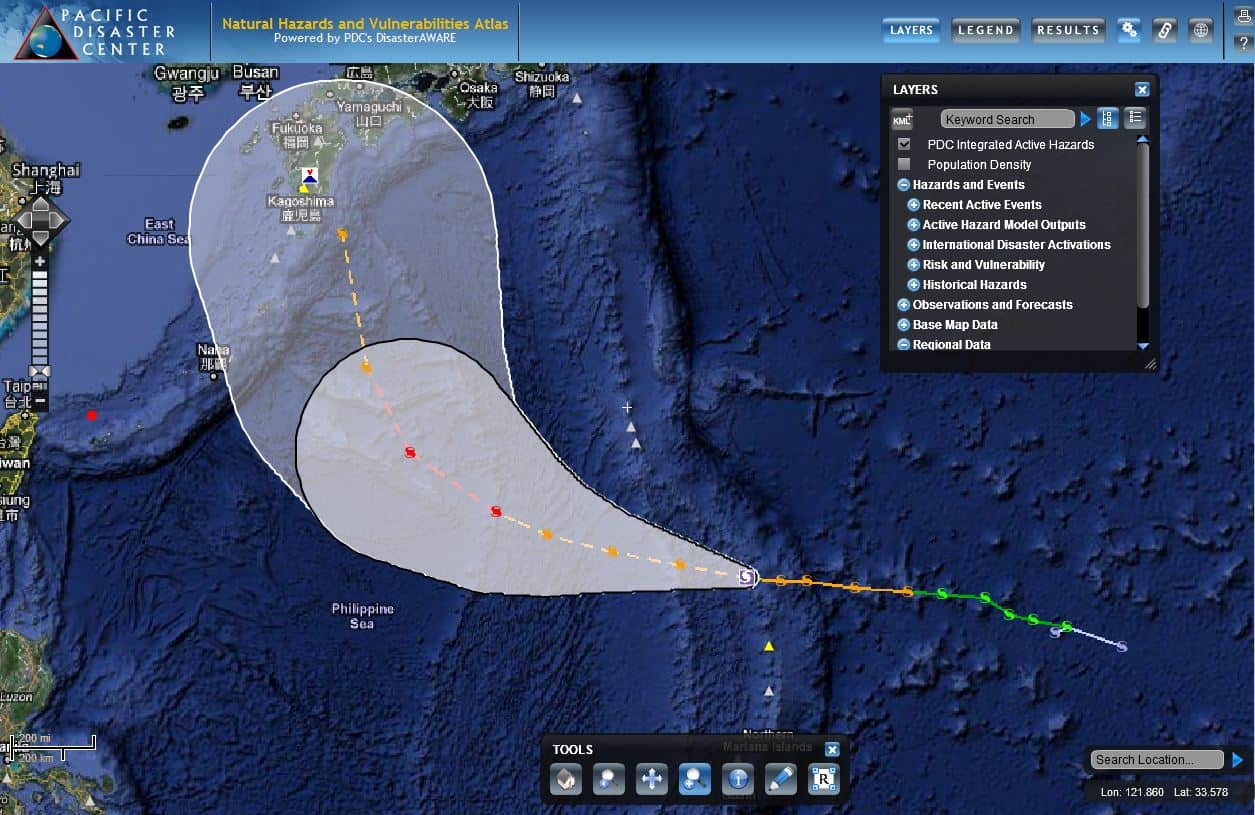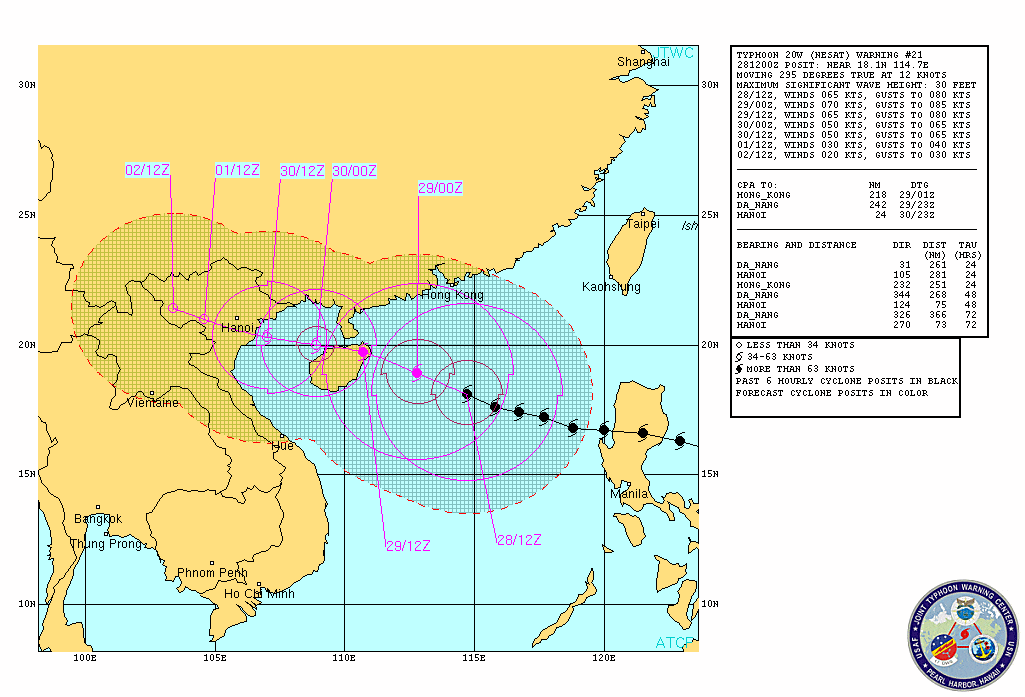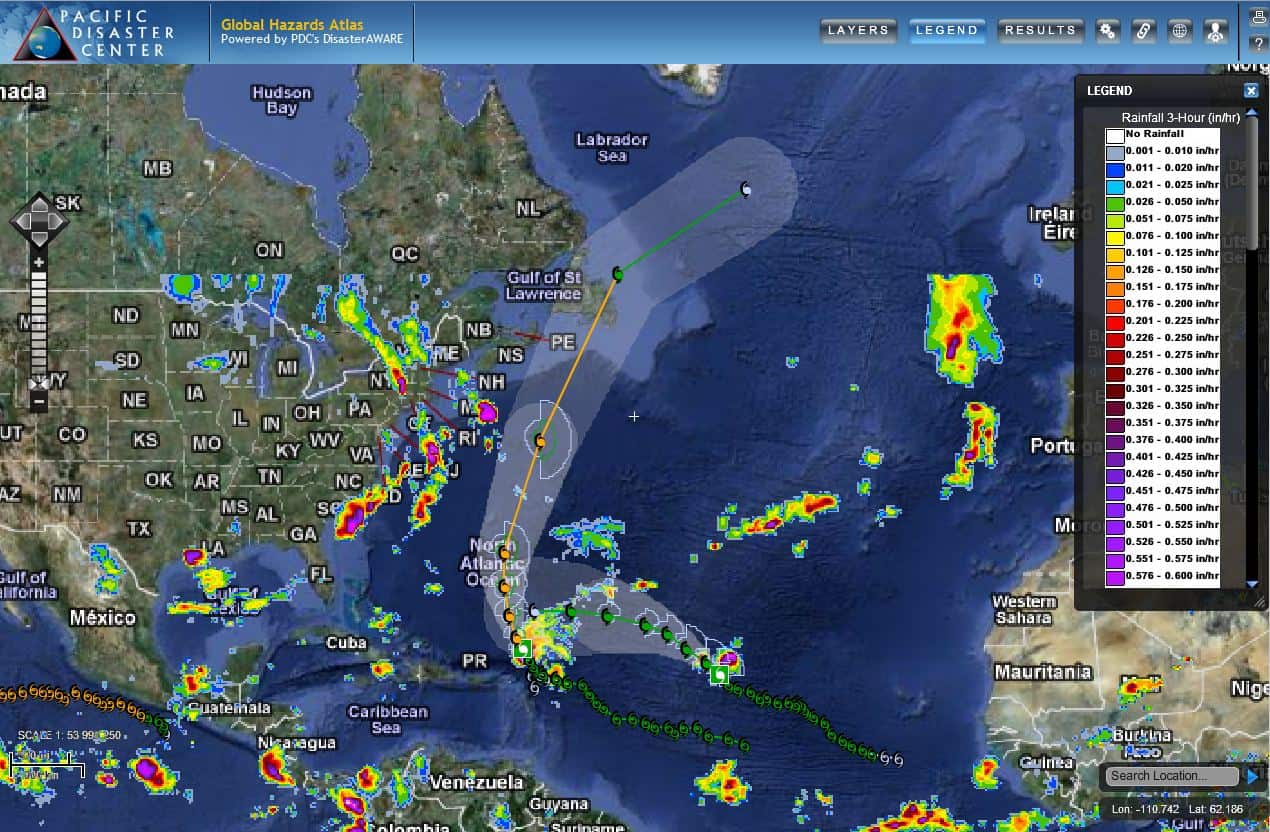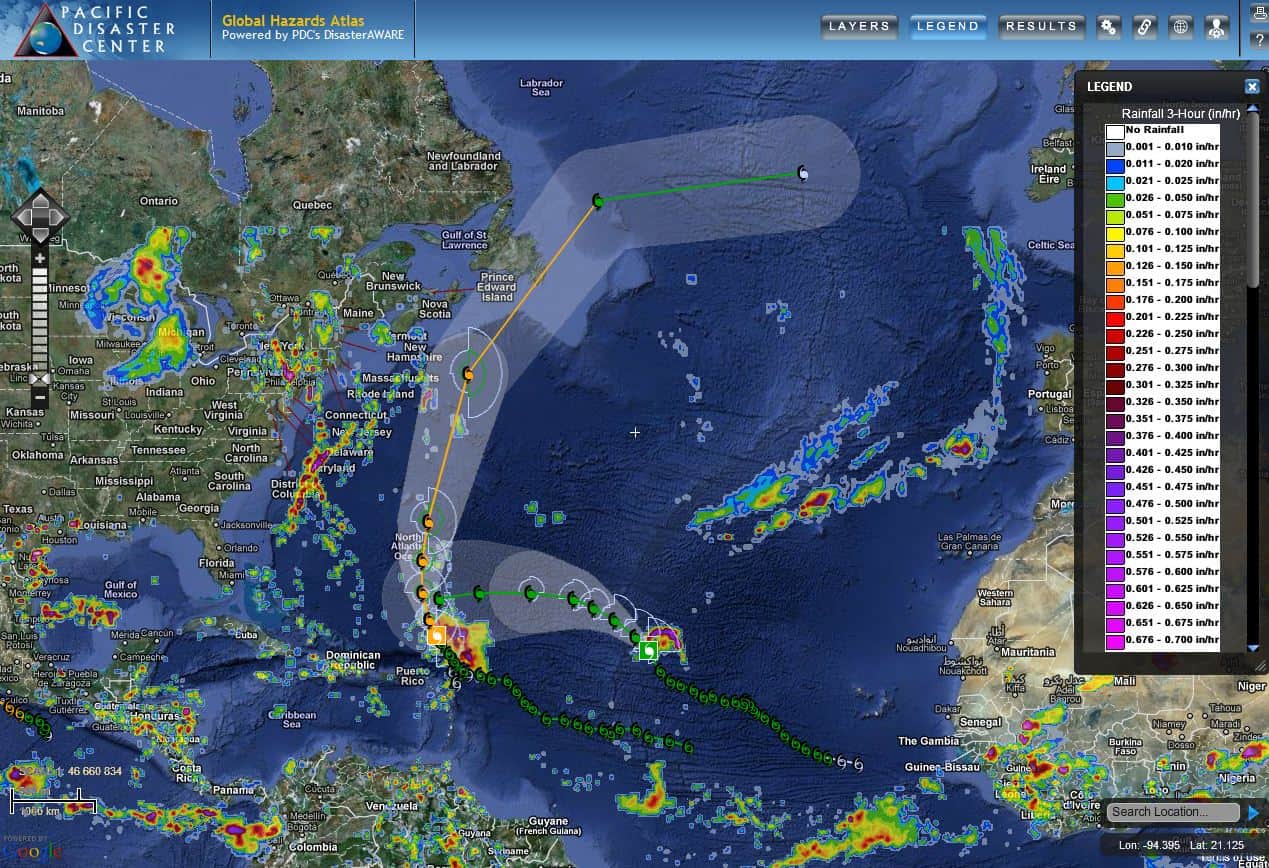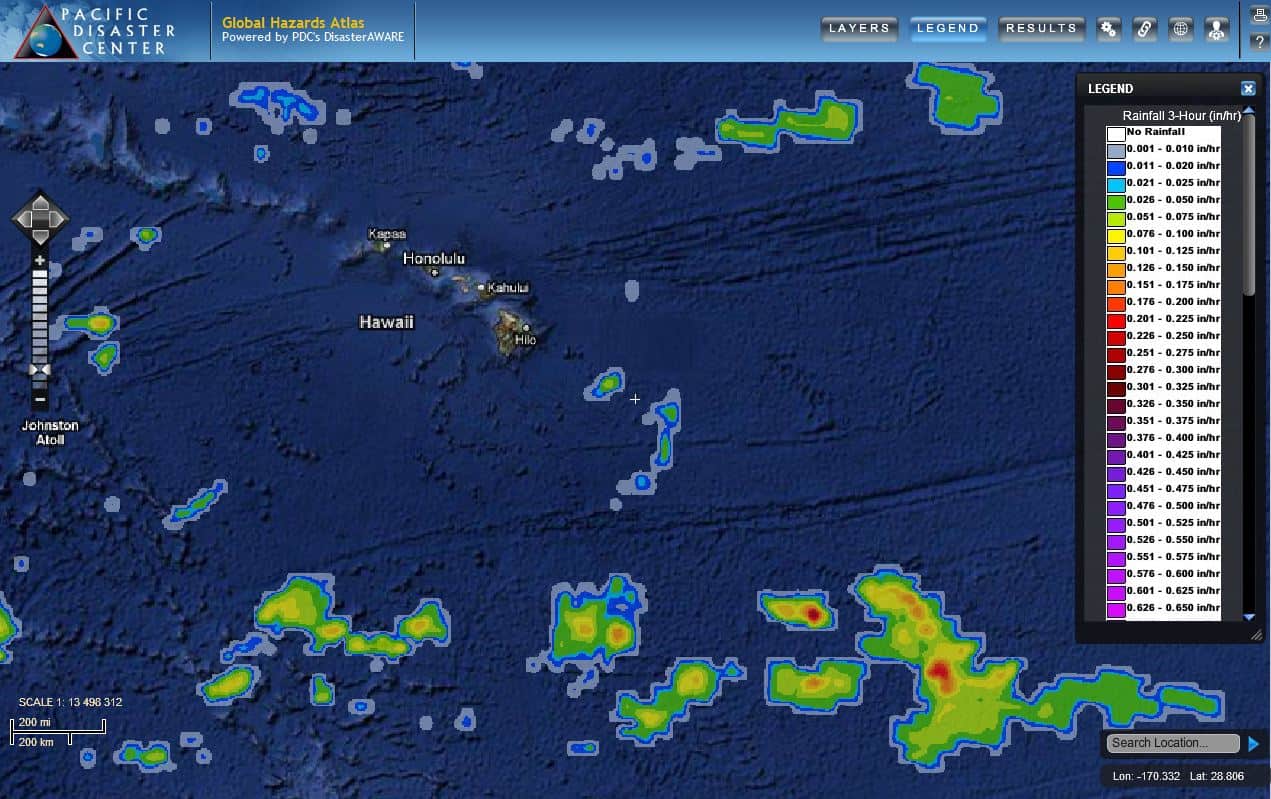On June 28, Pacific Disaster Center (PDC), the Association of Southeast Asian Nations (ASEAN) member state representatives, and many other ASEAN partners convened in Kuala Lumpur, Malaysia, for the 5th ASEAN Agreement on Disaster Management and Emergency Response (AADMER) Partnership Conference. The conference focused on the AADMER Work Programme and other concerted disaster management initiatives undertaken by partners to increase resilience throughout Southeast Asia. Representatives of member states and partner organizations reported on AADMER milestones and key programs they’ve implemented to help build resilience throughout ASEAN.
“As an active ASEAN partner for nearly 15 years, PDC is pleased to be able to share our work and outcomes with other partners. It is truly inspiring to see how these collective efforts are transforming the region from being risk-prone to risk-aware,” said PDC’s Deputy Executive Director Chris Chiesa, who briefed attendees on the Center’s current and future projects with ASEAN and efforts throughout the region. Projects included upgrading and cloud-hosting of AHA Centre’s Disaster Management and Response System (DMRS) (currently underway), and a workshop to be implemented with Singapore’s S. Rajaratnam School of International Studies (RSIS) in August. Other projects include on-going and planned risk assessment and early warning activities with Indonesia, Viet Nam, Myanmar, and the Philippines. PDC’s contributions to regional disaster risk reduction received praise and recognition by USAID, the Swiss Cooperation Office, and others during formal remarks at the conference.
A five-year disaster management framework, the AADMER, seeks cooperation, coordination, technical assistance, and resource mobilization through multilateral initiatives involving private sector and civil-society organizations. During the conference, the importance of partner programs was emphasized for advancing the 2016–2020 AADMER objectives and goals.
As one of the most disaster-prone regions in the world, Southeast Asia suffers 80% of the world’s disaster-related fatalities and some of the largest economic losses. According to a 2015 report by the United Nations Economic and Social Commission for Asia and the Pacific (UNESCAP), economic losses within the Asia Pacific region have accounted for more than 40 percent of the total global losses over the last four decades.

Source: UNESCAP. Overview of Natural Disasters and their Impacts in Asia and the Pacific (1970-2014. https://www.unescap.org/sites/default/files/Technical%20paper-Overview%20of%20natural%20hazards%20and%20their%20impacts_final.pdf
These stark figures underscore the critical importance of AAMDER programs and partnerships to help reduce disaster losses and to build resilience in the region. A key instrument supporting the Sendai Framework for Disaster Risk Reduction, AAMDER was developed as the world’s first legally-binding program supporting the previous UN Hyogo Framework. Signed by the Foreign Ministers of ASEAN in 2005 and ratified by all ten Member States in 2009, it is considered the foundation for disaster management initiatives in the region.
The ASEAN Coordinating Centre for Humanitarian Assistance (AHA Centre) is but one of several shining examples of AADMER accomplishments over the years. Based on what has been achieved by ASEAN and its partners over the last decade—a topic to be explored in the upcoming ASEAN/RSIS/PDC workshop—PDC is optimistic about future achievements in disaster management within ASEAN and its member states.
Follow us on Facebook
#SaferWorld #DisasterAWARE
